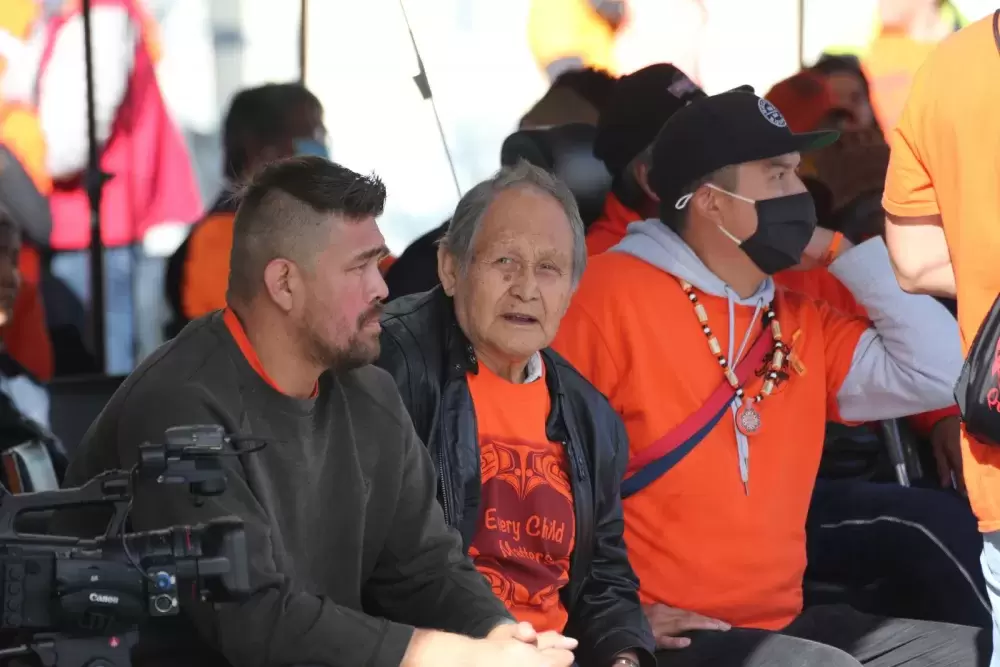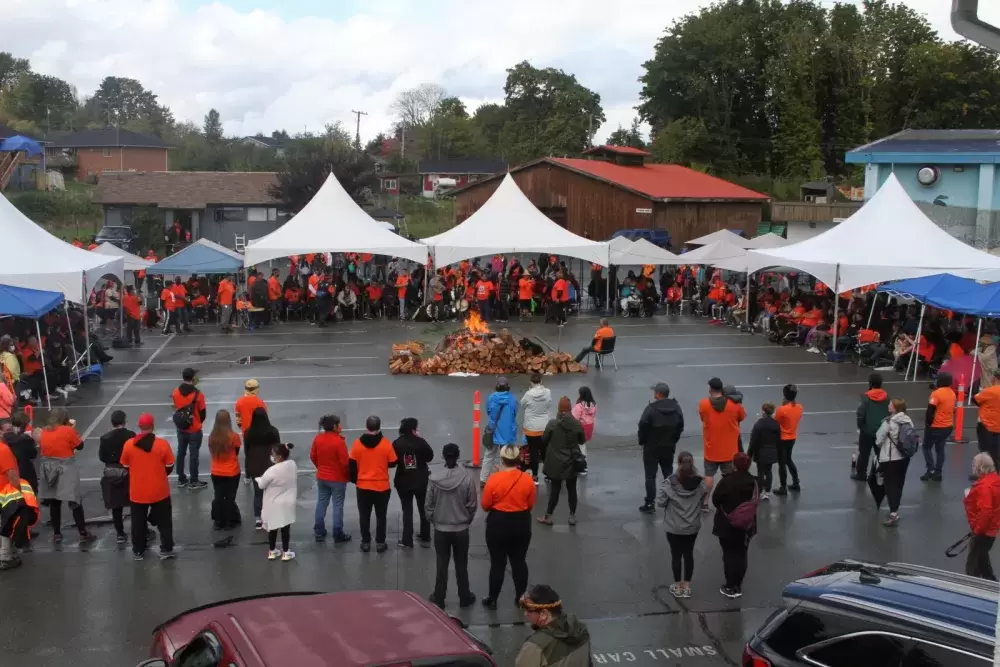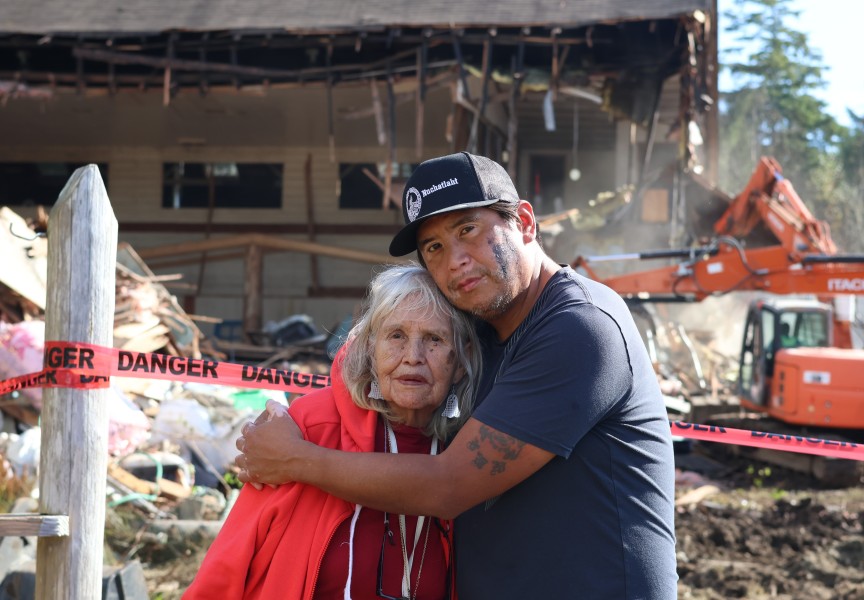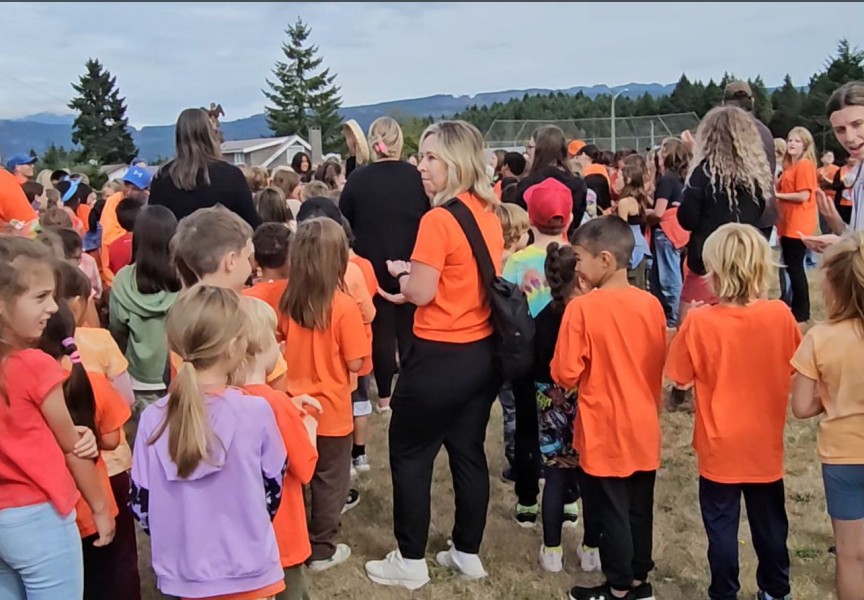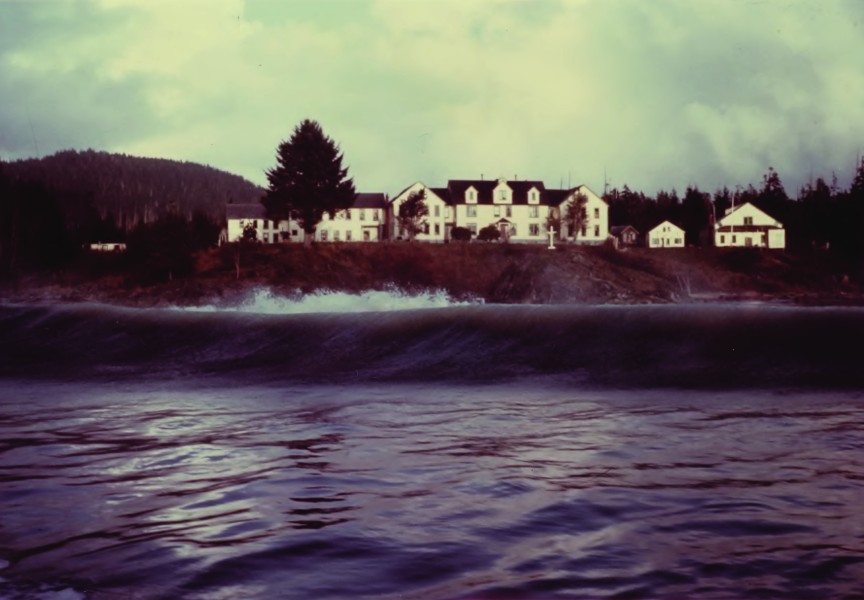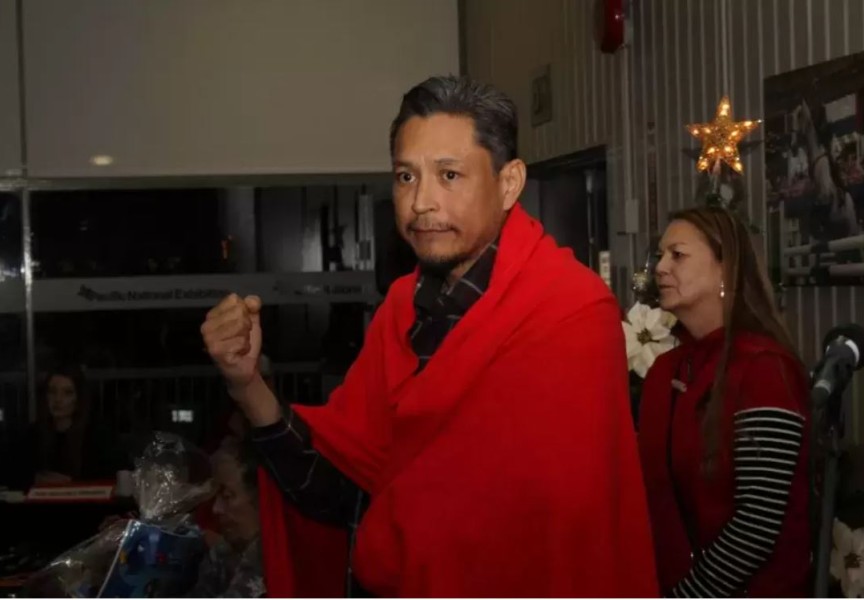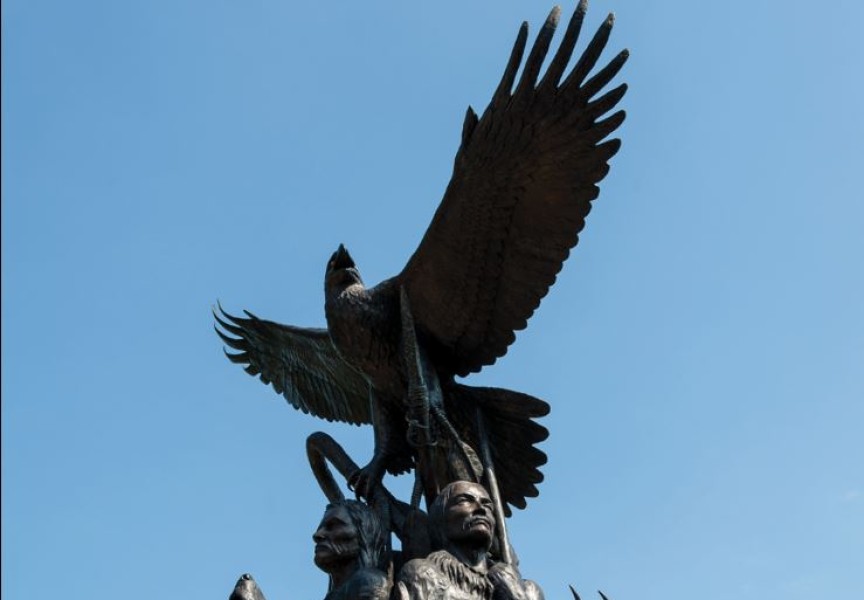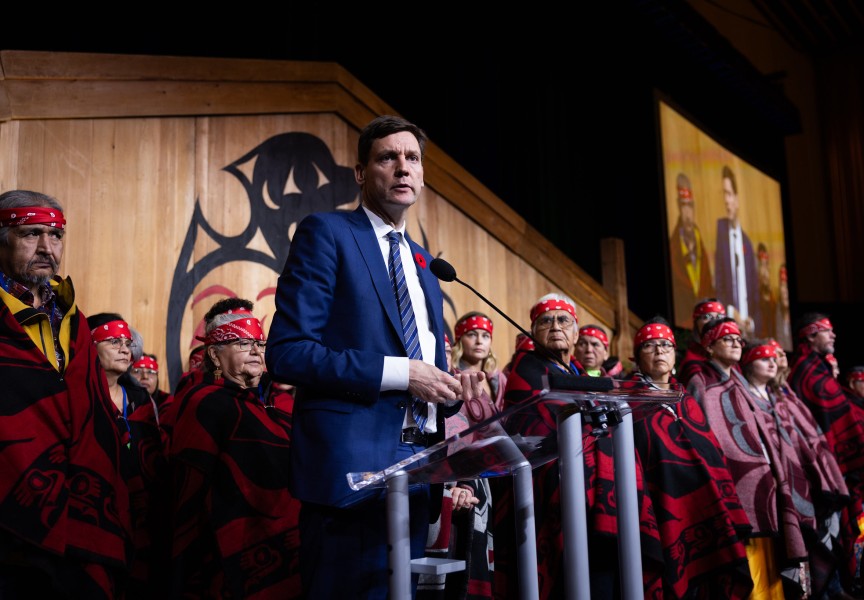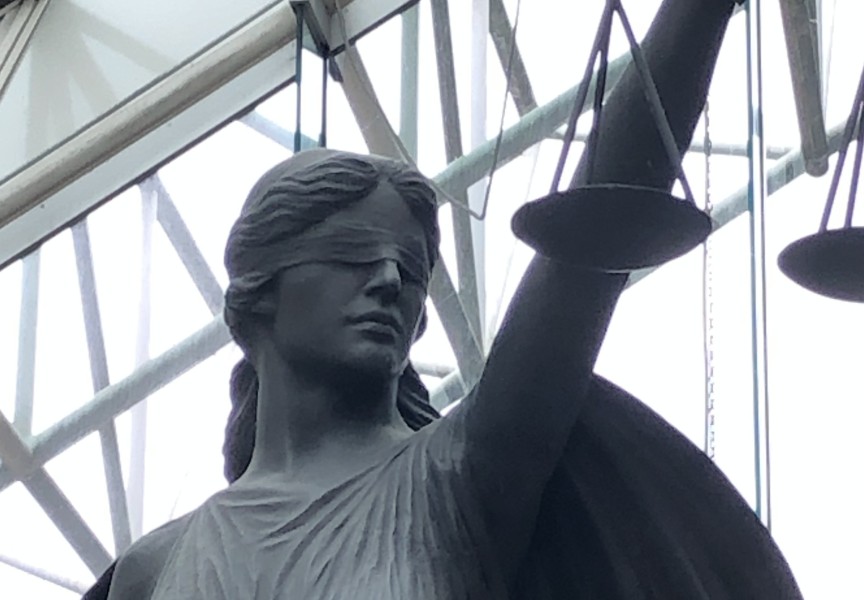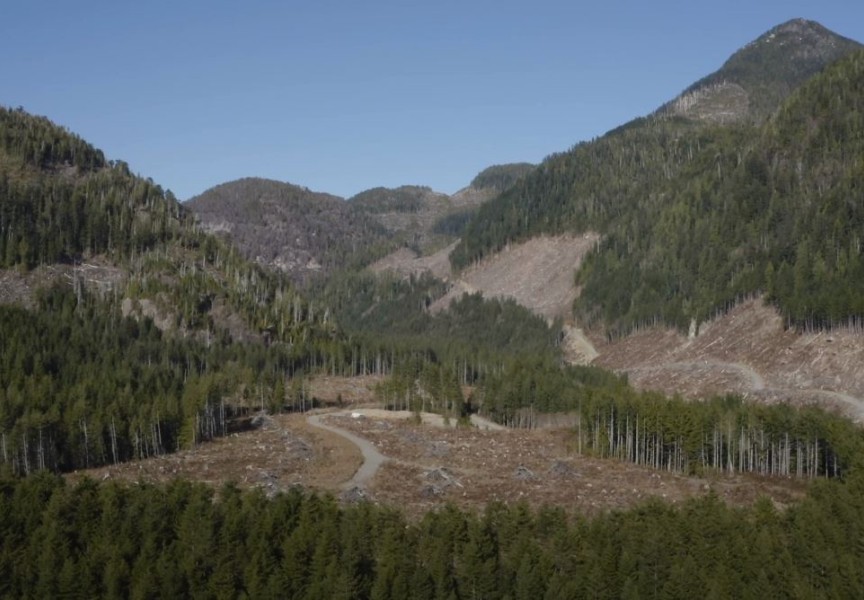The Vatican recently announced that Pope Francis will visit Canada to further “reconciliation with Indigenous peoples”, another indication that the world may be finally noticing what residential school survivors have known since their childhood. The Catholic Church ran residential schools across Canada for a century, ending in the 1990s.
Although the presence of unmarked burials at former residential school sites was highlighted years ago by the Truth and Reconciliation Commission, it wasn’t until the remains of 215 people were identified on May 27 by the Tk’emlúps te Secwépemc First Nation in Kamloops that a wave of news headlines and political responses were set off across Canada.
Now a newfound focus is being put on three institutions that operated for generations in Nuu-chah-nulth territory: Christie, Ahousaht and the Alberni Indian Residential Schools. The future of the grounds where these institutions once stood was addressed during the Nuu-chah-nulth Tribal Council’s Annual General Meeting on Oct. 26, including efforts underway to uncover details on any students buried at the sites.
“Our statement is that we’re getting the answers that the survivors and those who didn’t make it home need and deserve,” said Tseshaht Chief Councillor Ken Watts during the AGM, which was hosted online via Zoom.
The Alberni residential school operated in various forms from 1900-73 on Tseshaht territory. Some buildings still remain, including the former student residence Caldwell Hall and Maht Mahs gym.
“It was a school that we never asked for in our territory,” added Watts. “It’s been an open wound in our community that we have to live with.”
During the meeting Watts spoke of plans to tear down Caldwell Hall, replacing it with a new facility designed to serve health and wellness needs.
After a visit to the site by Canada’s Indigenous Services Minister Marc Miller in July, the federal government has committed to help fund the demolition.
“Canada has also stepped up to support us in building a new facility,” said Watts. “More on that to come in the near weeks and months ahead.”
An outdoor basketball court is also being built on the site.
“We’re tying to turn that space into something positive,” said Watts.
The Tseshaht elected chief noted that Maht Mahs will remain due to its role in hosting gatherings for the region’s Nuu-chah-nulth people.
“That’s a former piece of the school, but we’ve reclaimed that as ours,” said Watts. “We’re going to utilize the space to practice our culture and who we are as Tseshaht.”
The awareness of buried children under the former residential school site and in the surrounding area has long haunted those who attended the institution. Following the news from Kamloops, Tseshaht Ha’wiih pledged to find answers tied to AIRS, a long and difficult process the First Nation plans to undertake through a combination of following stories from survivors and employing modern detection technology. Besides the ground-penetrating radar used in Kamloops, plans entail drones surveying the topography of the area using LiDar. This light detection and ranging technology uses laser beams to create a three-dimensional representation of the environment were AIRS once stood.
“There’s going to be some excavation that’s required,” added Watts.
A memorial is also being developed, which will list the names of all students who attended AIRS, including those who never returned home. So far over $37,000 has been set aside for this initiative from local businesses and private doners.
Meanwhile Ahousaht has a considerable amount of work ahead, as the First Nation determines the future of the sites where two residential schools once operated in its territory. The former grounds of the Ahousaht Indian Residential School have been cleared, where the First Nation prepares to build a healing centre on the coastal site by Ahousaht’s village of Maaqtusiis on Flores Island.
The institution opened in 1895, running in various forms until a fire destroyed the last building in 1940. The Ahousaht Indian Residential School was operated by the Presbyterian Church, then the United Church of Canada after 1925. United Church archives detail that out of a typical student population of 35, an average of one to two children died at the school between 1904 and 1916, including the 1907 death Hereditary Chief Billy Maquinna’s son, Will.
On Meares Island Christie Residential School operated for 71 years, until it was relocated to Tofino in 1971 where the Tin Wis hotel now stands. Christie was run by the Catholic Church.
During the AGM Ahousaht Chief Councillor Greg Louie explained that the First Nation has been in discussions with both the Catholic and the United Church on what to do with the former sites, and that a concise plan will be announced soon.
In the meantime, Ahousaht Deputy Chief Councillor Melinda Swan noted that the First Nation is looking to hire a full-time coordinator to manage plans involving the former residential school sites.
“We want it to be more direct to a working group,” she said of the process, adding that a special e-mail for residential school correspondence will be set up.
“I’m thankful to Kamloops for bringing this awareness to the world,” said Louie, who attended Christie as a child. “There is a tremendous amount of healing that needs to be done.”
Nuchatlaht Councillor Archie Little stressed the need for First Nations to “own the process” of uncovering the truth as to what happened to students who never survived their time at residential school. Little was also a student at Christie.
“They had so much hate when they beat us,” he said of the nuns and priests who worked at the school. “They controlled our parents. They put fear into our parents.”
As the legacy of the assimilationist institutions remains in the public spotlight, Swan stressed the need to create a permanent line item in federal and provincial budgets to deal with residential schools.
“We know how much resources the federal government has put into these institutions, it’s only fair that the same resources get put into righting all the wrongs that were done,” added NTC Vice-president Mariah Charleson.
As those who attended the institutions brace themselves for more discoveries from the residential school sites, the hope remains that the rest of Canada and the world will finally recognise the truth behind a traumatic past.
“We will learn, we will see that somebody will start believing us,” said Little.


